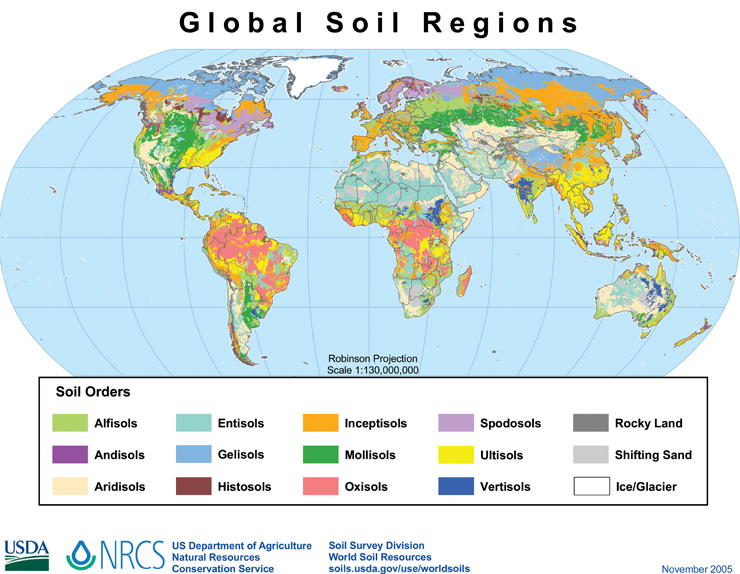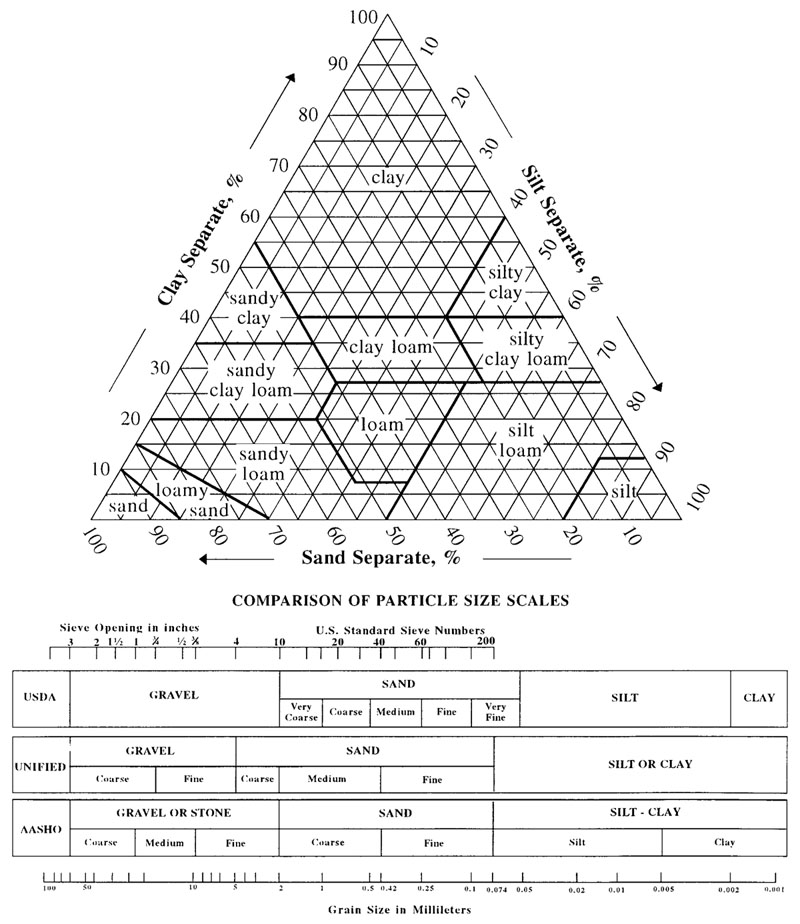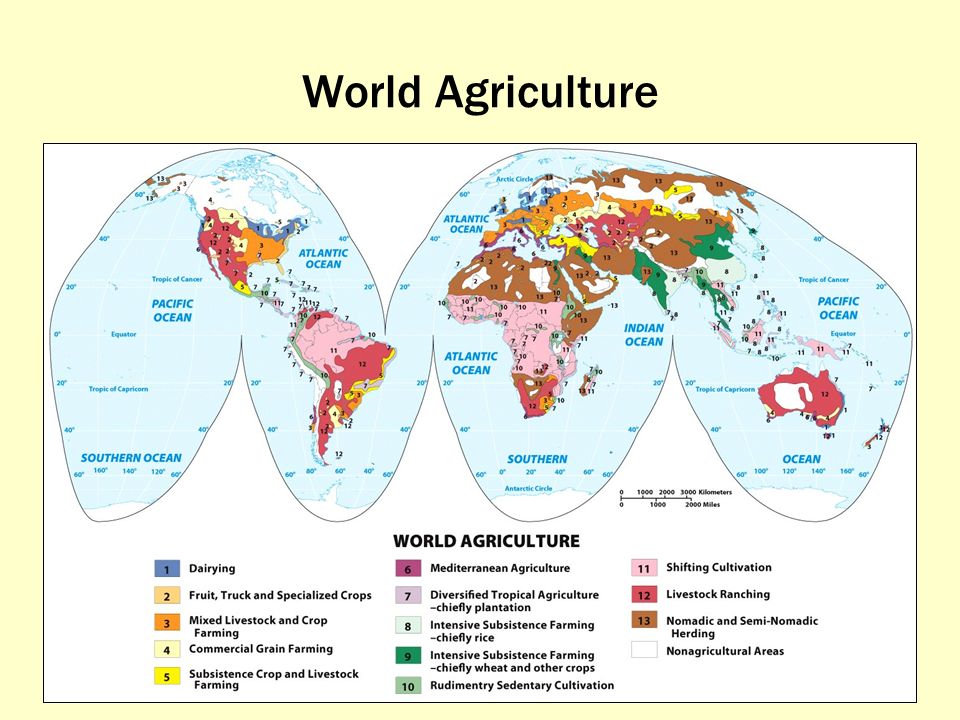La granulometria distingueix entre
- argila (clay), grans < 0.002 mm
- llim (silt), 0.002 < gra < 0.063
- sorra (sand), 0.063 < gra < 2 mm
- grava, (gravel), 2-32mm
- stone, còdols, 32-250mm

Alfisols Must have argillic, natric, or kandic horizon; High-to-medium base saturation; Moderately weathered; Commonly form under boreal or broadleaf forests; Rich in iron and aluminum; Common in humid areas, semi-tropics, and mediterranean climates; 9.6% of global & 14.5% of U.S. ice-free land
Andisols Form from volcanic ejecta, dominated by allophane or Al-humic complexes; Must have andic soil properties: high in poorly crystalline Fe and Al minerals, high in phosphorus, low bulk density, and high proportions of glass and amorphous colloidal materials, such as allophane, imogolite and ferrihydrite; High Organic Matter content, sometimes melanic epipedon; 0.7% of global & 1.7% of U.S. ice-free land
Aridisols Dry soil (i.e., must have aridic moisture regime); Ochric epipedon is common; Sometimes argillic or natric horizon; Must have some diagnostic subsurface horizon; Commonly in deserts; 12.7% of global & 8.8% of U.S. ice-free land
Entisols Least soil profile development; Ochric epipedon is common; No B horizons; most common order by surface area (16.3% of global & 12.2% of U.S. ice-free land)
Gelisols Soils with permafrost within 100 cm or cryoturbation (frost churning) within 100 cm plus permafrost within 200 cm; Commonly at high latitudes and elevations; 8.6% of global & 7.5% of U.S. ice-free land
Histosols Must have histic epipedon; Usually aquic soil moisture regime; No diagnostic subsurface horizons; Rapid decomposition when aerated; Peat or bog; >20% organic matter; Organic soil materials extending down to an impermeable layer or with an organic layer that is more than 40 cm thick and without andic properties Commonly in wetlands (swamps, marshes, etc.); 1.2% of global & 1.3% of U.S. ice-free land
Inceptisols Similar to Entisol, but beginning of a B horizon is evident; No diagnostic subsurface horizons; On landscapes continuously eroded or young deposits; Cambic, sulfuric, calcic, gypsic, petrocalcic, or petrogypsic horizon, or with a mollic, umbric, or histic epipedon, or with an exchangeable sodium percentage of >15% or fragipan; 9.9% of global & 9.1% of U.S. ice-free land
Mollisols Must have mollic epipedon; High base saturation of >50%; Dark soils; Some with argillic or natric horizons; Common in grasslands; 6.9% of global & 22.4% of U.S. ice-free land
Oxisols Most soil profile development; Must have oxic horizon within 150 cm of soil surface; Low nutrient availability; No argillic horizon; Highly weathered; Dominated by end-member clays, Al and Fe oxides; Commonly in old landscapes in tropics; 7.6% of global & <0.01% of U.S. ice-free land
Spodosols Must have spodic horizon within 2 m of soil surface and without andic properties; Usually have albic horizon; High in Fe, Al oxides and humus accumulation; Acidic soils; Common in coniferous or boreal forests; 2.6% of global and 3.3% of U.S. ice-free land
Ultisols Must have argillic or kandic horizon; Low base saturation of <35% at 2 m depth or 75 cm below a fragipan; Common in subtropical regions; often known as red clay soils; 8.5% of global & 9.6% of U.S. ice-free land
Vertisols Usually mollic epipedon; High in shrinking and swelling clays; >30% clay to a depth of 50 cm; Deep cracks (called gilgai) form when soil dries; Form from parent material high in clay (e.g., shales, basins, exposed Bt horizons of old soils); 2.4% of global & 1.7% of U.S. ice-free land
Agricultura



